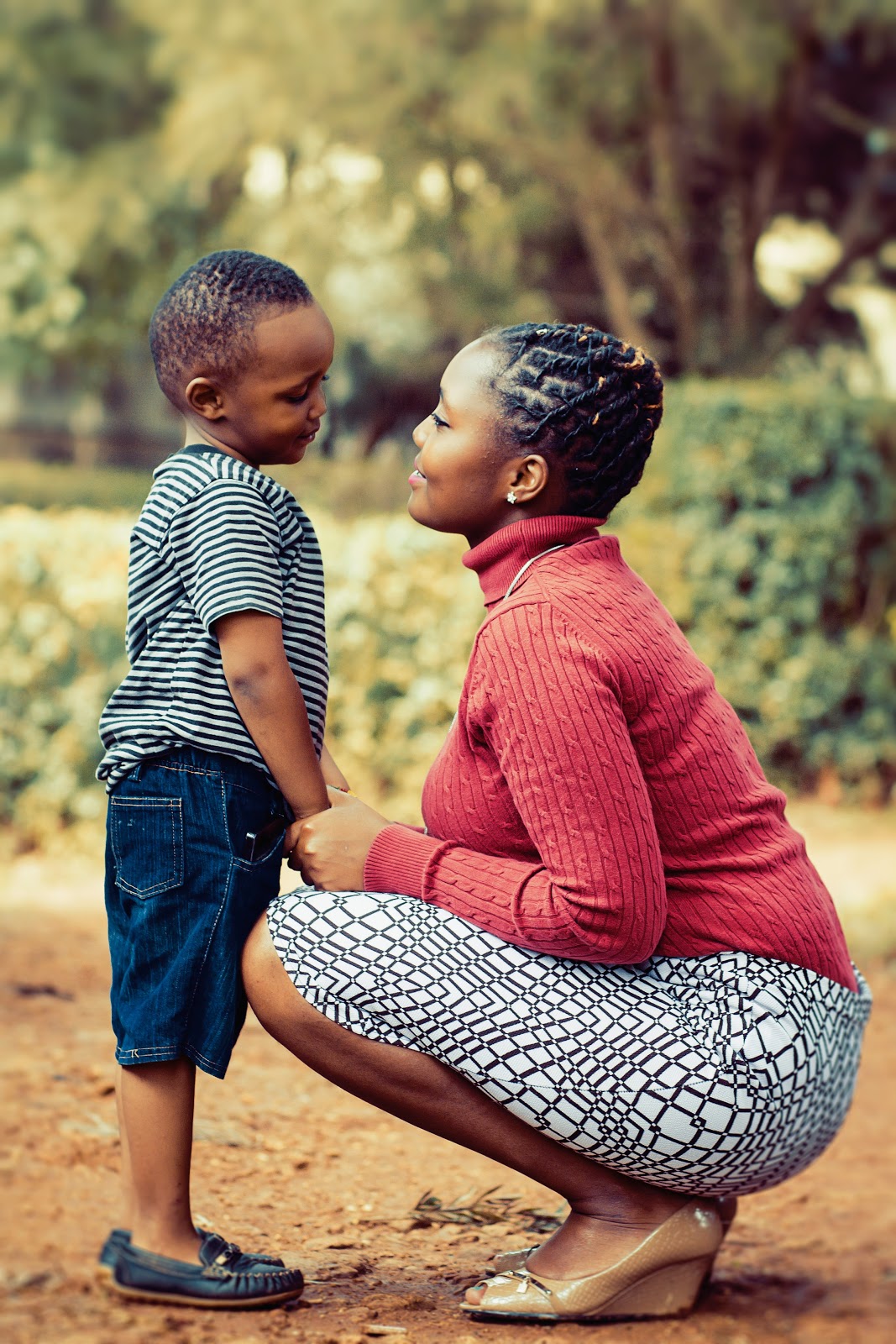
For most people, going to the dentist or visiting family is an ordinary experience. But for a child with autism, it can be a frightening, anxiety-triggering situation. Fear of change is characteristic of autism, often leading to public meltdowns, a stressful experience for parents and children alike. In order to prevent meltdowns, parents need to understand why they happen.
Situations that trigger anxiety in children with autism include:
- Changes to routines.
- New events, especially when unplanned or unannounced.
- Large social gatherings and crowded spaces.
- Sensory overstimulation.
Parents can’t avoid novel situations and changes to routines, and sensory overstimulation can happen anywhere. Rather than trying to shield children, parents must create strategies to help them cope. Below are some tips to help you out.
Preparing for New Situations
Children with autism are better equipped to cope with change when adequately prepared for it. These steps help children manage an upcoming change:
- Create a kid-friendly schedule that lists what is happening and when.
- When possible, discuss change before it happens. Explain to children what will happen and what is expected of them.
- Provide context. Share pictures of the people and places involved, visit the location in advance, and tell social stories.
- Visit new locations to screen for sensory triggers. Choose sensory-friendly environments when possible; when a sensory trigger is unavoidable, use sunglasses, noise-canceling headphones, fidget toys, or other sensory solutions.
- Use distraction and redirection to draw children’s attention away from negative stimuli.
When anxiety is severe, some parents consider medical interventions. Unfortunately, there’s little evidence that anti-anxiety medications are effective in children with autism. One option that’s worth considering is cannabidiol, or CBD, which has grown in popularity since proving effective against childhood epilepsy. CBD isn’t available as a prescription for children with other health conditions, but it may be purchased over the counter to treat certain issues, including anxiety. Of course, parents should talk to their child’s doctor before trying CBD and look for kid-friendly administration methods such as gummies.
3 Common Challenging Situations
The above tips can help parents manage new situations in general, but what about specific experiences that may trigger anxiety in a child with autism?
These tips help parents manage three common scenarios.
Going to the Dentist
A trip to the dentist is an intense experience for children with autism. Not only is it a new place full of new people, but a dental office also has smells, bright lights, and sensations that could trigger a meltdown. In addition to finding a kid-friendly dentist, parents can take the following steps to prepare for a dentist visit:
- Start early to get kids used to dental care. Young children have fewer teeth and fewer dental problems, allowing for faster, easier visits.
- Make a preliminary visit to familiarize children with the environment and people.
- Allow children a comfort item and sensory solutions like sunglasses.
- Break long dental appointments into several short visits.
Visiting Relatives
Every parent wants their child to have a close relationship with relatives. But for children with autism, the stress of new people and crowded spaces gets in the way of family bonding.
These practices help children manage family get-togethers:
- Talk to relatives about what to expect and how best to respond to a child’s behavior.
- Keep visits brief, and be prepared to leave early if a child shows signs of a meltdown.
- Establish a safe space where the child can retreat when feeling overstimulated.
Moving to a New House
A household move is a disruption to a child’s safest spaces. It’s critical that parents keep children with autism informed throughout the move.
These measures also reduce anxiety during this major transition:
- Pack the child’s bedroom last, and allow access to comfort items during the move.
- Set up the new home in a familiar arrangement, particularly the child’s bedroom. Avoid replacing furniture all at once.
- Keep the child out of the house on moving day by arranging childcare with a sitter or relative.
These steps won’t prevent every meltdown or erase anxiety for children with autism. However, by understanding what triggers this mental health condition, parents can keep major behavioral issues to a minimum and help their children feel safe in new situations.
Photo via Pexels
